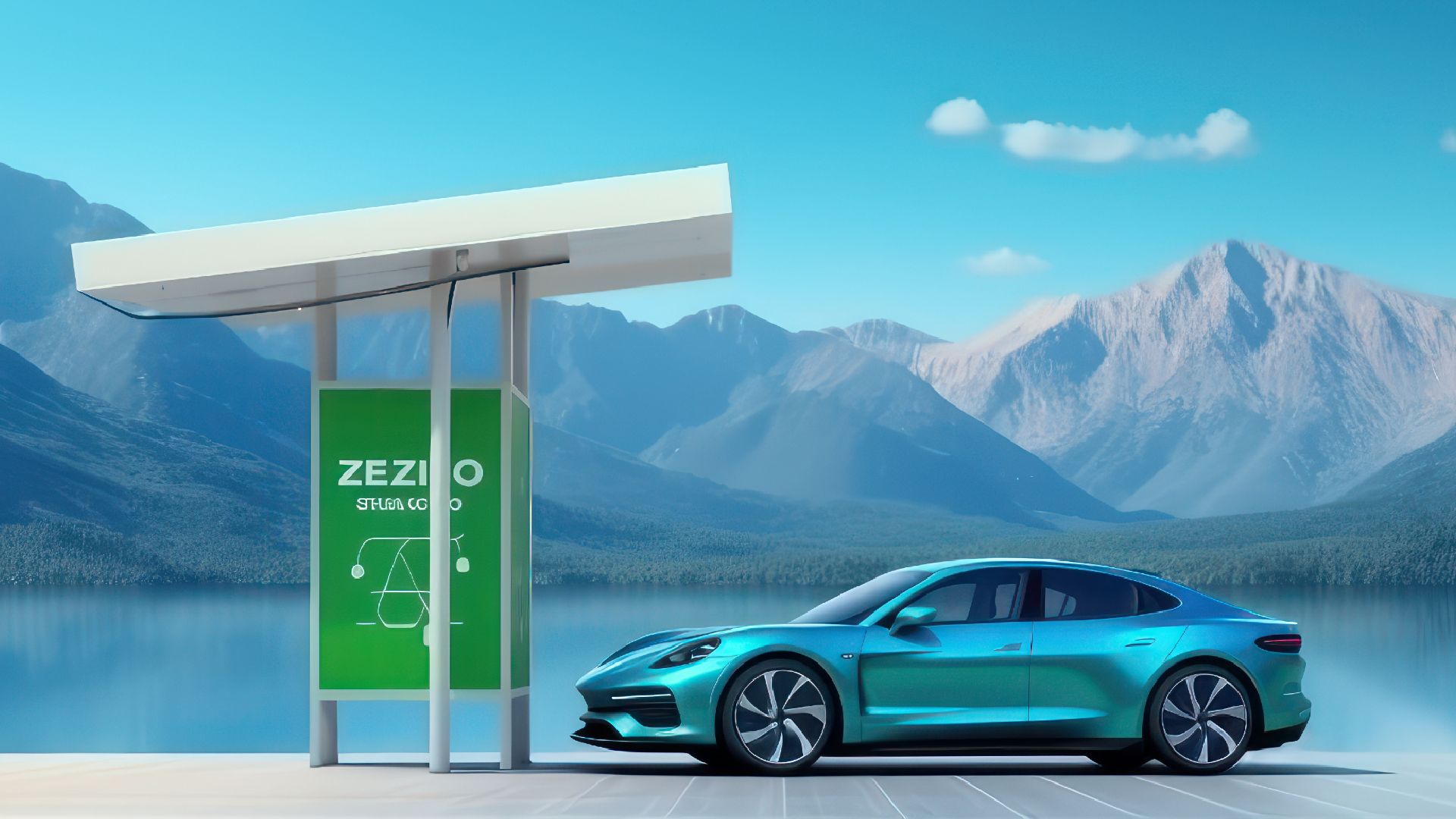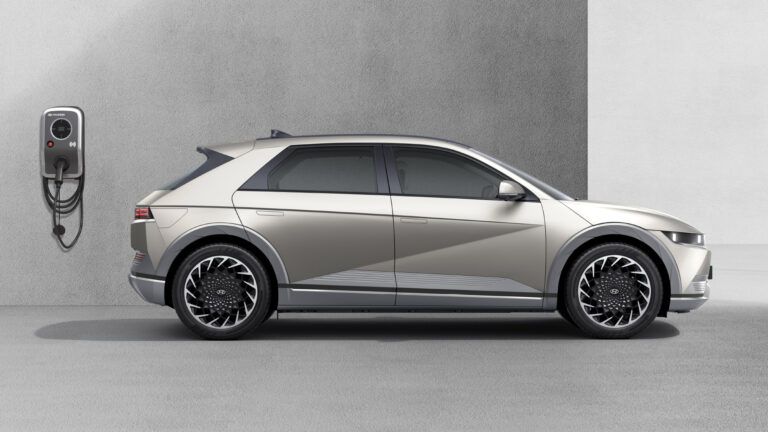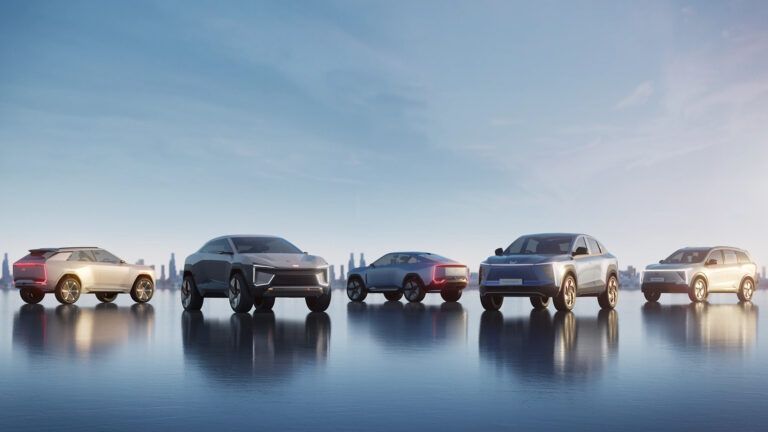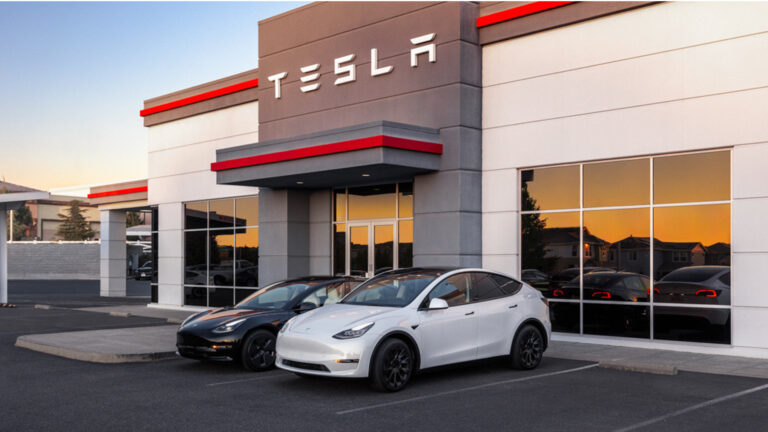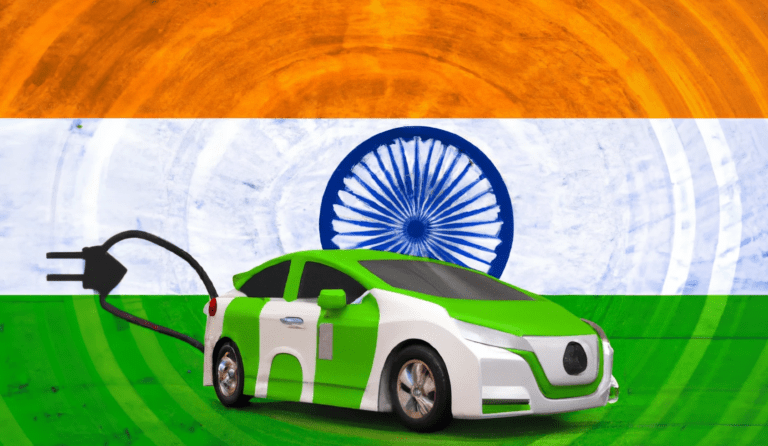The abundant hydroelectric power in Nepal is contributing to a reduction in its oil imports and improving air quality. Interestingly, it is also increasing the sales of electric vehicles (EVs) in the country.
The majority of the green energy generated in Nepal comes from hydroelectric power fed by rivers. With an abundance of power sources, the nation is rapidly growing its network of charging stations. Furthermore, custom data revealed that EV imports have doubled during the last two years.
According to the Nepal Electricity Authority, using EVs has saved the country’s oil import expenses by $22 million a year, and the savings are growing.
Due to its hydroelectric dams, Nepal’s access to power has increased dramatically over the past three decades. Currently, the rapidly growing grid of the nation is available to almost everyone (94% of the population). Each of these factors encourages the nation to adopt EVs at a faster rate than its neighbors.
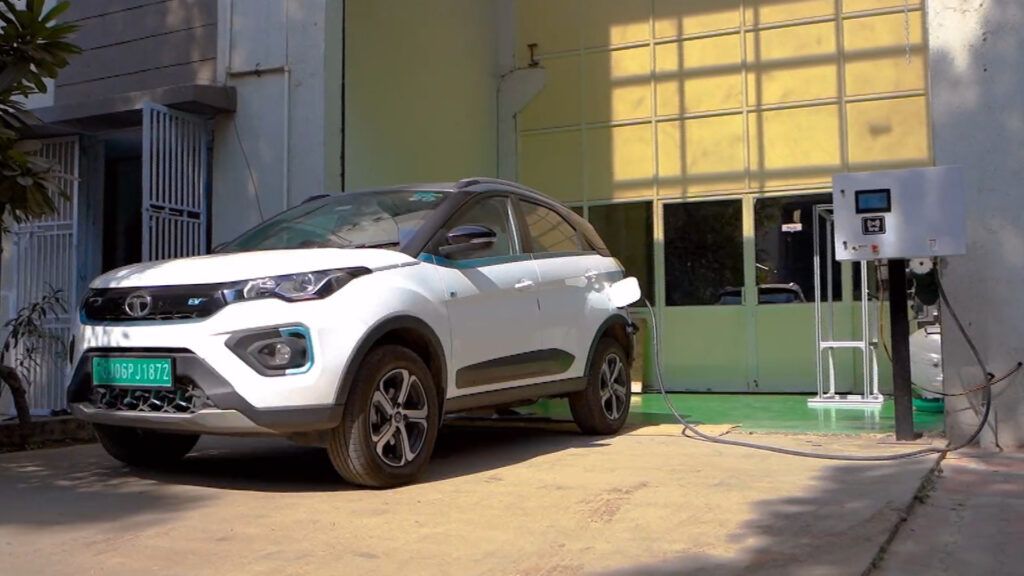
Nepal’s Commitment to EV Adoption
Nepal can currently produce 2,600 megawatts of electricity at its maximum capability. Moreover, even that is rising with the completion of new hydroelectric projects. Also, solar plants produce a modest quantity of electricity.
Kanak Mani Dixit, an environment and civil rights activist, said:
Our electricity in the grid is from hydropower so it is clean energy. And so, Nepal is ideally placed to use electricity to run our vehicles in the best way it should be.
Although official sales figures are unavailable, BYD Atto 3 and Tata Nexon EV seem to be the top-selling electric passenger cars.
As part of its national commitment to reduce emissions contributing to climate change, Nepal has increased the use of EVs. The aim is to escalate EV sales to 25% of total auto sales by 2025 and to 90% by 2030.
Also, the government is lowering the taxes on imported EVs from 25% to 90% to increase sales. Notably, petrol and diesel-powered cars are subject to import tariffs ranging from 276% to 329%.
Nepal has also been setting up charging stations at a rapid pace. There are 400 charging stations in the nation, and in a year, that number is going to double.

Advantages of EV for Individuals
Jyotindra Sharma has been driving a 2019 KIA Niro EV for the past four years. He said:
I am happy to use an EV because I could contribute to the environment compared to the petrol cars. The electricity cost for charging and everything is much less. I got a much more luxurious car for the same price compared with gas-fueled cars.
Bhakta Kumar Gupta, an EV enthusiast, takes passengers from Kathmandu to southern Nepal and back every day. He stated:
It is very easy to drive, there is no pollution, and it’s good for the environment. Moreover, it’s good for the country as the nation’s money does not go to foreign land to buy oil.
Gupta replaced his old diesel van with an EV almost the same size, accommodating ten people. He had to pay forty dollars a day for diesel. But now, he claims that charging his van costs roughly $6.
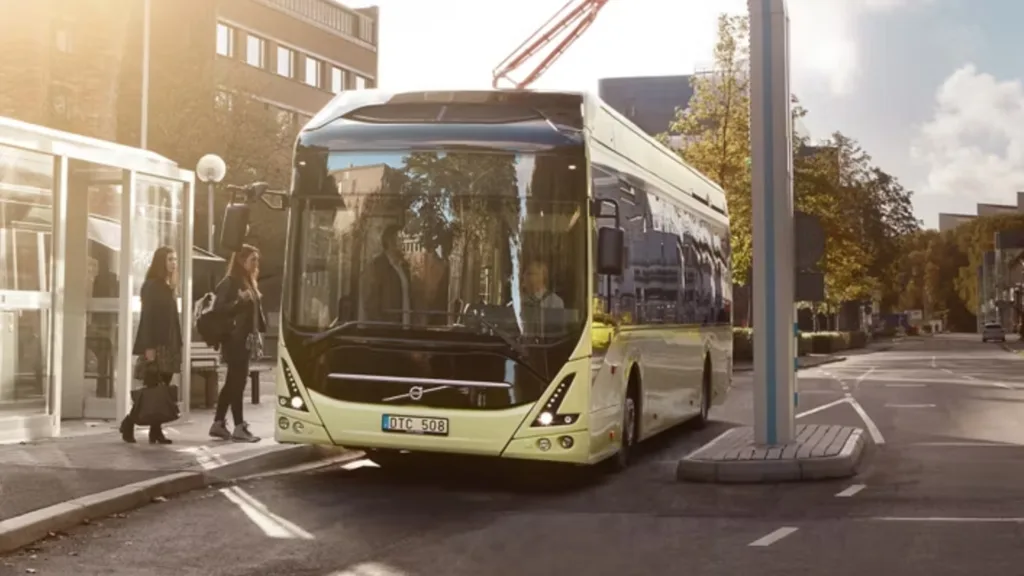
Wrapping Up
For a few days in April, Kathmandu was among the most polluted cities in the world. That was due to pollution from buses and the burning of fuels for cooking and heating.
The government issued advisories encouraging residents to stay inside during this time. Note that there aren’t many electric buses in the country. Moreover, none of them go from the capital to other cities.
To address the pollution issue, the government needs to focus not just on e2w and electric passenger vehicles but other types of vehicles as well.

